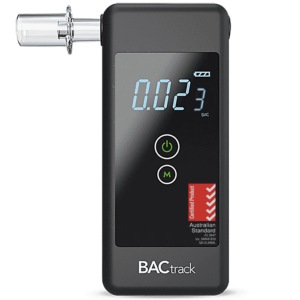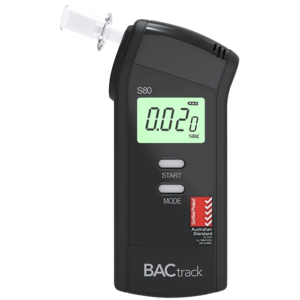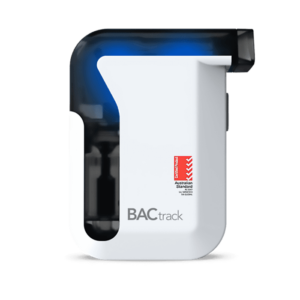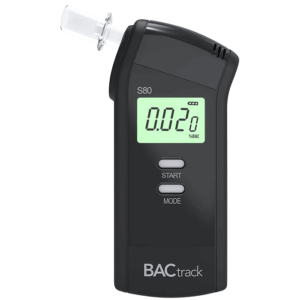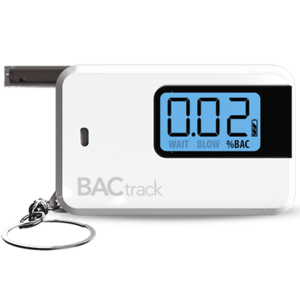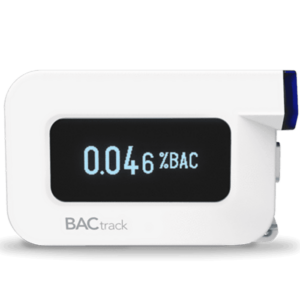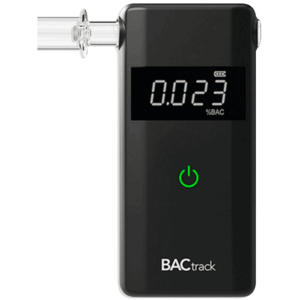Personal Breathalyzer Test Guidelines
08 September, 2023

A personal breathalyser is a device that individuals can use to measure their Blood Alcohol Content (BAC). Proper personal breathalyzer test usage includes understanding when and how to do the test and following the device recalibration period. These are essential for individuals who want to ensure accurate and reliable results when testing their BAC. By following these guidelines, people can determine if they are fit to drive or if they need to make alternative arrangements.
Having a personal breathalyser offers several advantages beyond just determining if someone is capable of driving. It allows individuals to take responsibility for their alcohol consumption and make informed decisions about their sobriety. With a personal breathalyser, one can monitor their alcohol levels and avoid potential legal consequences or accidents. Moreover, it promotes a culture of accountability and safety. This article provides information on when and how to conduct a breath test, including the process of breathalyser recalibration.
When To Conduct A Personal Breathalyzer Test
Personal breathalyzer tests are a useful tool to ensure responsible alcohol consumption and promote safety. During social gatherings, there can be potential risks associated with alcohol intake. Therefore, individuals can use accurate breathalyzers like BACtrack S80 Pro to monitor their alcohol consumption and stay within their legal limits. These devices can help prevent accidents and promote responsible behaviour during parties or events.
Another crucial time to conduct breathalyzer tests is after consuming alcohol before driving. Driving under the influence (DUI) can have serious consequences, including accidents, injuries, and even fatalities. By using personal breathalyzers, individuals can actively assess their BAC levels before getting behind the wheel. These simple devices help drivers to protect both themselves and others on the road.
Furthermore, personal breathalyzers are beneficial after taking medication that may interact with alcohol. Certain medications can enhance the effects of alcohol, causing drowsiness and impaired judgment. Additionally, some medications can trigger a dangerous reaction when mixed with alcohol. By conducting a breath test, individuals prevent the risk of alcohol and medication interaction.
Legal BAC Limits
- Legal BAC limits exist in Australia for various situations, including driving, operating machinery, and working in specific industries.
- For most drivers, the legal BAC limit is 0.05, meaning that their BAC must not exceed 0.05 grams of alcohol per 100 millilitres of blood.
- For learners, probationary, and professional drivers, there is a stricter limit of 0.00, meaning their BAC must be entirely free of alcohol.
- Operators of heavy vehicles, public passenger vehicles, and those with a dangerous goods license also have a stricter limit of 0.00.
- Certain industries, such as transportation, aviation, and mining, have even more stringent limits, ranging from 0.00 to 0.02.

How To Conduct A Personal Breathalyzer Test
Many individuals rely on personal breathalyzer tests for quick and easy testing. To use the device, simply turn it on and wait for the sensors to warm up. A timer will then start, indicating that the user should prepare to provide a breath sample. As the timer approaches zero, the user should take a deep breath and exhale steadily for a few seconds.
After collecting the breath, the device analyses the sample and displays the BAC on the LCD screen in 10 to 15 seconds. However, if a person does not blow correctly, the screen will show an error notification. This can occur if the sample is insufficient or if the device detects inconsistencies in airflow or breathing patterns.
Additionally, users should recalibrate the device before using it to guarantee accurate results. They also need to follow the breath test guidelines to ensure the reliability of the outcomes. This involves waiting for a specific period after consuming alcohol before using the alcohol tester. Furthermore, people have to refrain from using mouthwash or any products containing ethyl alcohol prior to the test.
Factors Affecting The Results
People should understand that there are several factors that can affect the accuracy of the breathalyser readings. Timing plays a crucial role in obtaining accurate results. Alcohol takes time to be absorbed into the bloodstream, so the readings may not be accurate immediately after alcohol consumption.
Furthermore, factors such as metabolism and food and drink consumption can impact BAC readings. Individuals with faster metabolism may eliminate alcohol from their system more quickly, resulting in lower BAC readings. Additionally, the type and amount of food and drink consumed can affect how alcohol is absorbed into the bloodstream. This can lead to variations in BAC readings.

Device Recalibration For More Reliable Personal Breathalyzer Test
Recalibration is the process of adjusting and resetting a breathalyser device to ensure its accuracy in measuring blood alcohol levels. Users must regularly recalibrate personal breathalyzer test devices because the sensors naturally become less accurate over time. Alcohol residue and particles from drinking gradually build up on the sensor, leading to inaccurate readings.
Moreover, frequent usage and not waiting 15 minutes after consuming alcohol before testing will build up alcohol residue on the sensor. This will result in frequent need for recalibration. By regularly servicing personal breathalyzers, people can prolong their lifespan and fully enjoy the advantages they offer.
Breathalysers New Zealand’s recalibration involves a two-step procedure. Trained technicians perform cleaning and resetting of the sensor by flushing a specialised Reference Solution through a Recalibration Simulator. The device is then tested at different BAC levels to ensure accuracy. This meticulous process guarantees the reliability and precision of the personal breathalysers. Furthermore, Breathalysers NZ’s recalibration policy complies with local AS3547 NZ Standards requirements. This means that users can trust the results they obtain from their accurate devices.
Recalibration Period
The recommended recalibration period for personal alcohol breathalyzers is typically every 6 to 12 months. This ensures the accuracy and reliability of the device by accounting for factors such as sensor lifetime and long-term stability. Regular recalibration helps maintain accurate readings and reduces the chances of false positives or false negatives.
Several factors can influence the recalibration period. These include the type of sensor technology used, the frequency of use, and exposure to extreme temperatures or humidity. Overall, users should follow the manufacturer’s recommendation to determine the appropriate frequency of breathalyser calibration. This will help ensure that their devices remain accurate and reliable.
Conclusion
Conducting personal breathalyzer tests serves as a valuable tool for promoting responsible alcohol intake and enhancing safety and peace of mind during social gatherings. Testing before driving helps prevent DUI incidents and safeguards lives on the road. Additionally, monitoring with a breathalyzer after taking medications that may interact with alcohol is advisable. To ensure accurate results, users should follow proper testing procedures and regular calibration, ensuring their continued reliability and precision.
Factors affecting the results of breathalyzer readings include timing, metabolism, and food and drink consumption. These can vary between individuals and may result in variations in BAC readings. Additionally, it is recommended to recalibrate personal breathalyzers every 6 to 12 months to ensure accuracy and reliability. A few considerations, such as sensor technology, frequency of use, and exposure to extreme conditions can influence the recalibration period. Therefore, users should consult the manufacturer’s instructions to determine the appropriate calibration period.


















